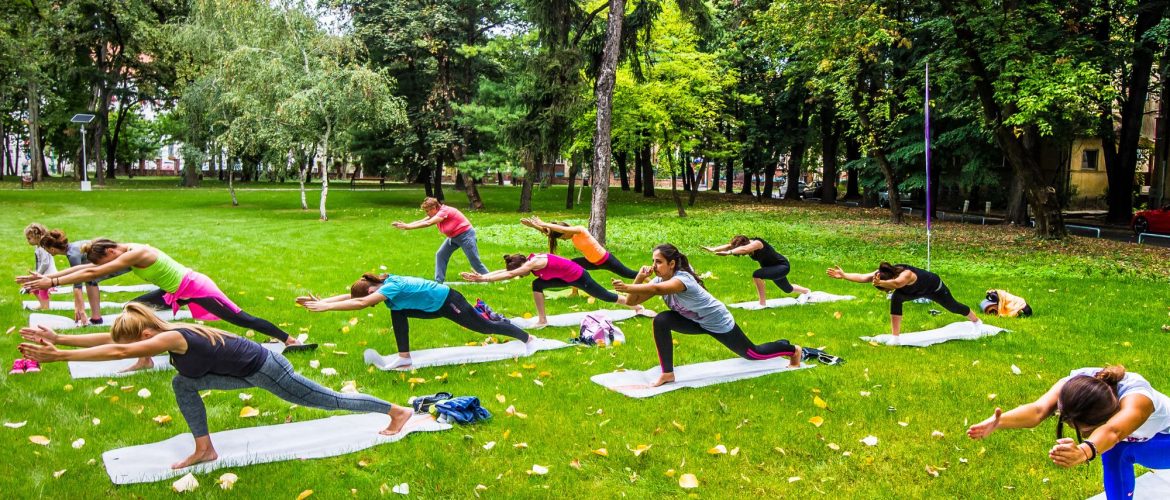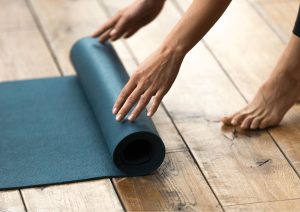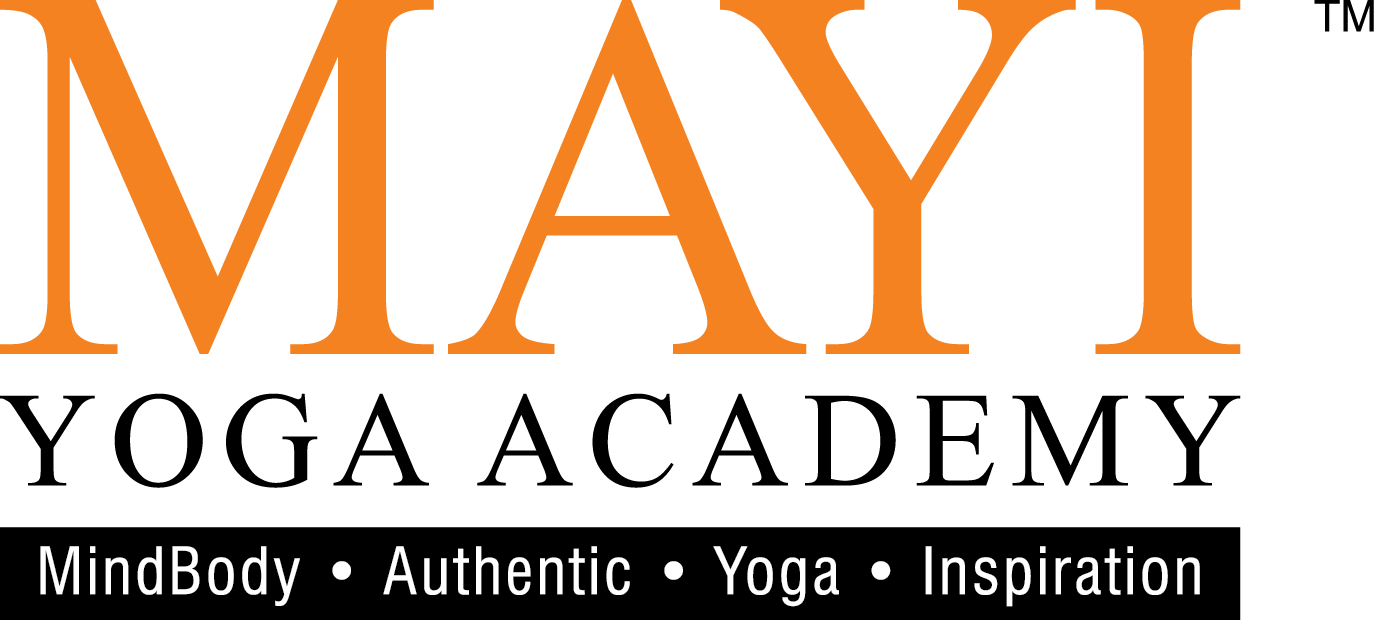Practising Yoga as a Community
- January 20, 2025
- Posted by: admin
- Category: Featured Content,

By Dr Chandra Nanthakumar
Being a spiritual practice that originated in ancient India more than five millenniums ago, yoga was handed down from the guru (the teacher) to the disciple. Components such as pranayama (i.e. expansion of life force) were gradually embedded into this ritual, but not much was known about the practice in that long gone era. As time went by, upon realising the health benefits this ancient spiritual practice had on homo sapiens, the need to reach out to a greater population emerged. It was Sage Maharishi Patanjali, the Father of Modern Yoga, who then systematised and codified the practice through his yoga sutras. One may ask: what the yoga sutras entail? They are a collection of aphorisms encompassing the theory and practices of yoga. The sage included a framework for the eight limbs of yoga embracing yama, niyama, asana, pranayama, prathyahara, dharana, dhyana and samadhi (Mohan, AG & Mohan, I, 2004). In essence, he emphasised on the interconnection of the limbs and how they support one another.
Hence, over the years, yoga has evolved in leaps and bounds into a practice which addresses the physical, mental and emotional needs of the practitioner. In order to reach out to a larger crowd regardless of age, race or creed, numerous styles and approaches have been formulated.
Unlike in the past where the practice of yoga was a daily ritual, today people generally find it challenging to incorporate the practice as part of their daily routine due to various reasons. In fact, due to the miraculous advancement in technology, people have become – or are becoming – more withdrawn from the society. The availability of gadgets and the advent of multiple social media platforms have made it so easy to communicate virtually. Hence, the community, from all walks of life, don’t see a need to call on a friend or visit a recuperating relative physically as it has become so convenient to ‘check on one another’ via these platforms.
This trend has become more prevalent, and as the society appears to become more and more reclusive, this may not augur very well for their well-being. Recent findings from the National Health and Morbidity Survey reveal that the prevalence of depression in Malaysia has doubled between 2019 and 2023 (Institute for Public Health, 2024). What is even more alarming is that the highest rates of depression were amongst those aged 16 – 19, and this was followed by those aged 20 – 39. While the former represents an integral part of the future, the latter represents the current workforce serving the country.
Nevertheless, solutions based on mainstream medicine or allopathy are plenty out there. That being said, one natural way to combat this mental health scenario is to kick-start 2025 by incorporating yoga into the daily routine. Doing yoga as a community may a brilliant way to get started. This is where a group of people with the same intention show up at a common place (for example, at a park or in a hall) at a particular time. Yoga instructors, as part of a karmic act, may voluntarily gather family and friends and conduct classes in the community they reside. Others may choose to attend yoga sessions at established yoga centers in the vicinity. Organisations and educational institutions, on the other hand, can do their part by engaging yoga instructors to conduct scheduled yoga classes for the wholesome benefit of their own communities respectively.
While these suggestions may already be in the pipeline, the rest of us can get together in our own communities and follow the simple regime of fundamental asanas and pranayama which are outlined below. If you are new to yoga, you might like to know that all yogic practices are done on an empty stomach. A suggestion would be to do the practice prior to sunrise; alternatively, it may be done at sunset (before dinner) and/or before bedtime. If food has been consumed, allow a minimum of two hours for digestion before the practice.
Postures (asana)

1. Standing Mountain Pose
In a standing position, bring the legs 3 – 4 inches apart with the feet pointing forward. Interlace the fingers, invert them and place the back of the palms approximately one inch above the head. This is the starting position. Upon inhalation, the hands are stretched vertically upwards. At the same time, if the body permits, the heels are raised off the ground/mat.
While breathing normally, hold this position for 5 seconds before exhaling to bring the heels to the ground and hands to the original position (above the head). Depending on one’s capacity, this asana may be repeated up to five times. The ‘holding’ duration may be increased from 5 to 10 or 15 seconds.
2. Double Angle Pose
In a standing position, bring the legs 2 – 3 feet apart. Interlace the fingers at the back of the body. In this starting position, inhale slowly and deeply. Upon exhaling, stretch and lengthen the torso forward. If the body is flexible enough, bring the torso to a horizontal position. Simultaneously, lift the hands away from the body slowly to its optimum capacity. While breathing normally, hold this position for approximately 10 seconds. On the next inhalation, bring the torso up gently to a vertical position. This asana may be repeated three times depending on one’s capacity. Also, the ‘holding’ duration may be increased from 10 to 15 seconds in the second and third repetitions.
3. Half Wheel Pose
In a standing position with the legs hip-width apart, place the palms with all fingers pointing downwards at the back of the waist. This is the starting position. Upon inhalation, bend the torso backwards from the lumbar region. Once the optimum position has been reached, exhale and continue with normal breathing while holding the pose for 5 – 10 seconds. On the next inhalation, bring the torso vertically up to its originally position gently. Depending on one’s capacity, this asana may be repeated three to five times. The ‘holding’ duration may be increased to 15 seconds.
Pranayama
1. Deep breathing with hand movement
Sitting in a comfortable position either on the floor or on a chair, stretch the hands out to the front parallel to the floor. The palms are in contact with each other. This is the starting position. Upon inhalation, bring the hands away from each other and stretch them to the back without any exertion. Hold this position for 2 to 4 seconds. Upon exhalation, the palms are brought together to the starting position. This is one round of deep breathing. With breath awareness, one may do up to 10 rounds in a nice and slow manner. The eyes may be kept closed throughout to relish a greater feel of the practice.
2. Alternate nostril breathing
In this practice, one may choose to sit on the floor or on a chair. If one is seated on the floor cross-legged, they may lean against the wall for support. On the other hand, if one is seated on the chair, the back is tucked in to ensure that the spine is erect. Feet may be placed on the floor or one may sit in a cross-legged position if the chair design allows for it. The left palm facing upward is placed on the left knee. The tip of the thumb is in contact with the same of the index finger while the remaining three fingers are stretched out. Close the right nostril with the right thumb. For convenience, the index and the middle fingers are bent towards the palm, while keeping the ring and little fingers stretched out. In this starting position, inhale deeply through the left nostril. Then block the left nostril with both the ring and index fingers. Subsequently, release the right thumb and exhale completely through the right nostril. Next, inhale deeply through the right nostril. Upon completing the inhalation, block the right nostril with the right thumb and open the left nostril to exhale. This makes one complete cycle or one round of alternate nostril breathing. One may practice up to 10 rounds at one sitting, keeping in mind that the inhalation and the exhalation should be carried out slowly and steadily. At the same time, the breathing should be inaudible and controlled.
Let us not wait any longer and get started with the practice. Though the practices above are simple and gentle, doing it as a community has its own values. Besides enhancing communication and real-life meet-ups, it improves health physically, mentally and emotionally. The practice itself brings joy and harmony to the body and mind.
References
Mohan, AG & Mohan, I (2004). Yoga Therapy: A Guide to the Therapeutic Use of Yoga and Ayurveda for Health and Fitness. Boston: Shambhala Publications Inc.
Institute for Public Health (2024). National Health and Morbidity Survey (NHMS) 2023: Non-communicable Diseases and Healthcare Demand – Key Findings.
